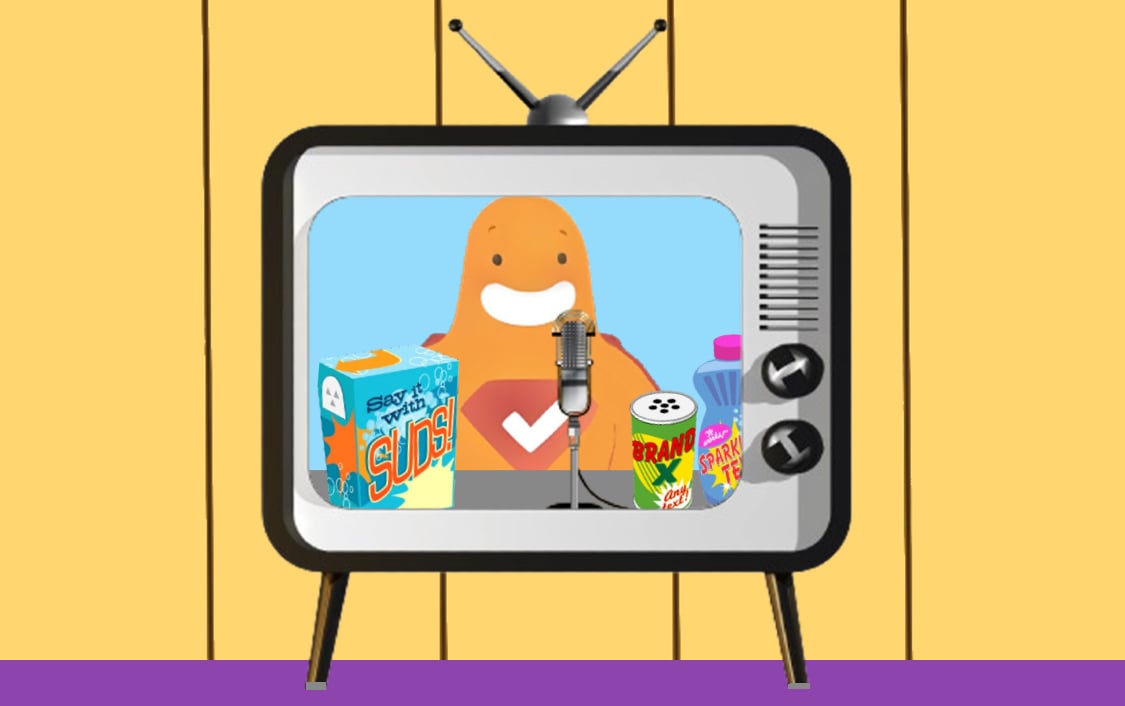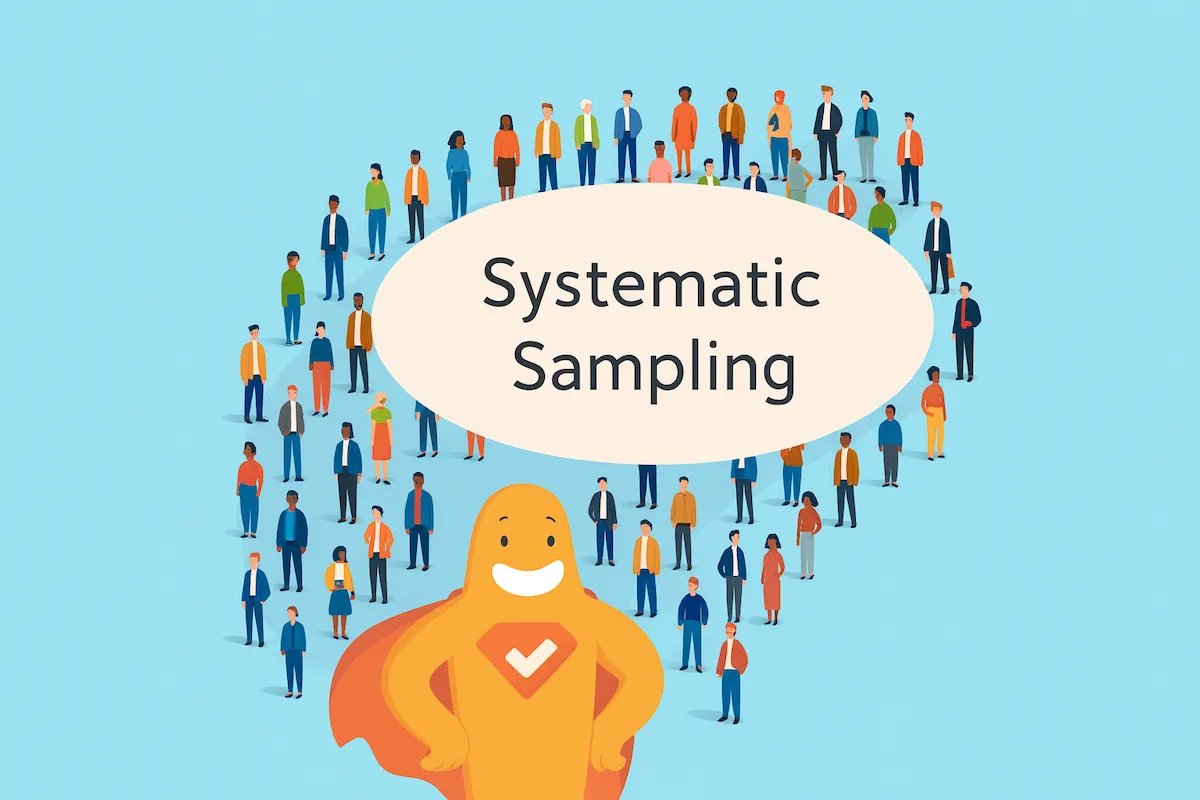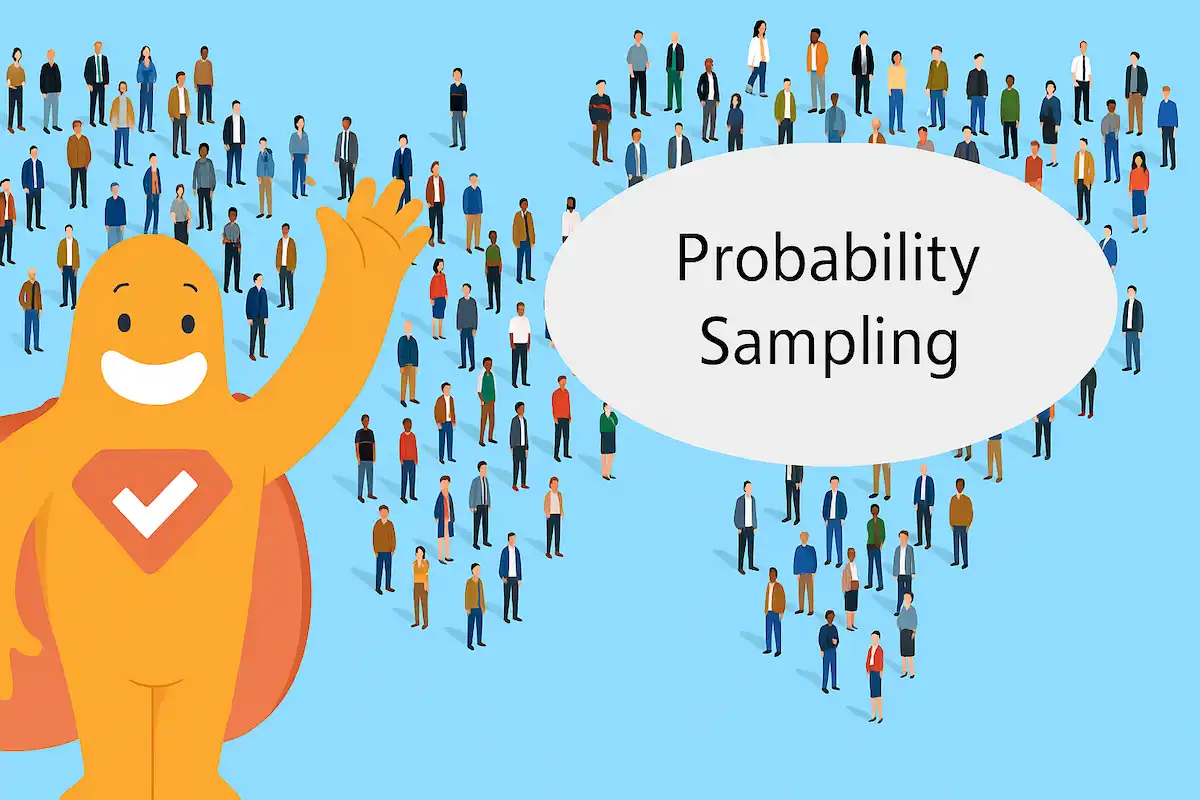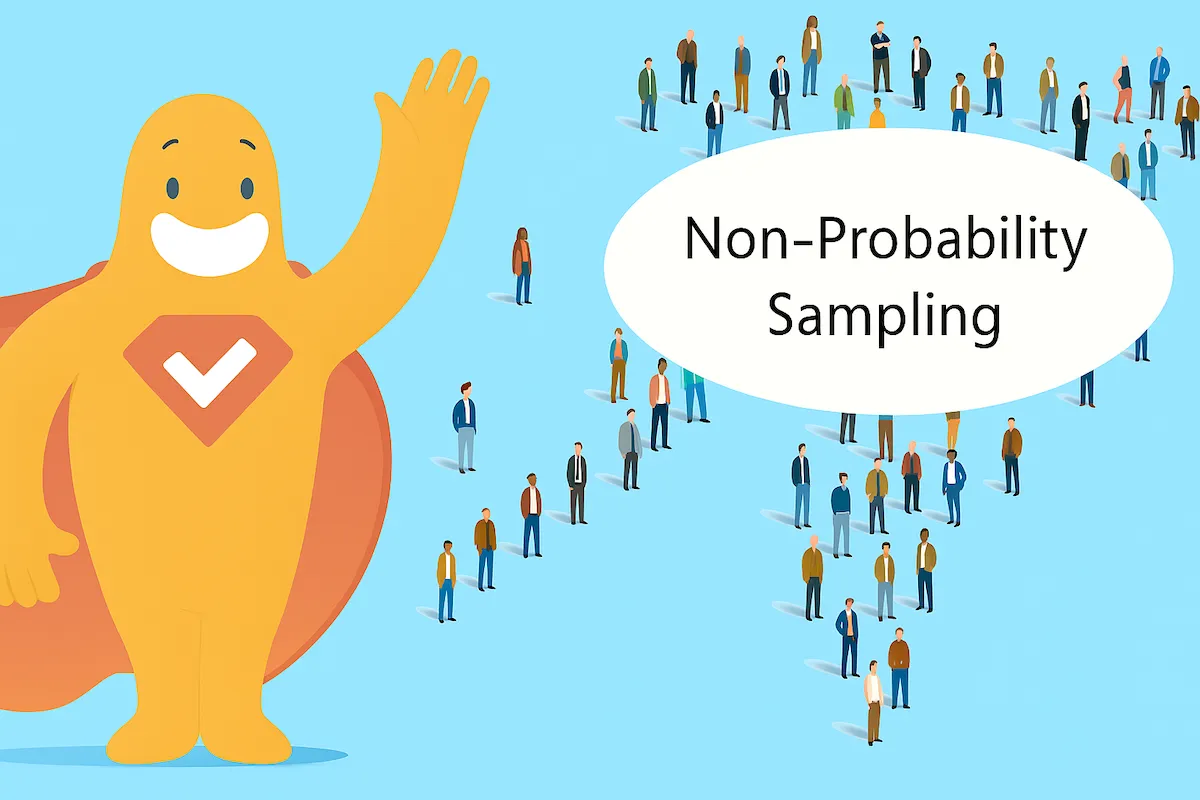Ads are inescapable today. They’re on your television, on the radio, on the road, and popping up on your computer or phone. But how effective are they? Is the advertiser getting their money’s worth? Are people responding to these cries for attention? To understand the impact of their ads, savvy marketers are using advertising surveys to measure effectiveness, recall, messaging, and more. Of course, advertising testing is not new to the industry, but testing methods have certainly changed over the years.
Create Your FREE Advertising Survey or Questionnaire Now!
How To Test The Effectiveness of an Advertisement
Advertising testing can be accomplished in several different ways. In the past, many market researchers simply looked at sales data and brand lift studies. The idea was simple: If sales or market share increased following an ad campaign, the campaign was a success. And if people were talking about the product more, the ad was a hit.
While these are still important ways of measuring advertising success, they are all reactive; meaning, the ad has already been produced and placement has already been paid for. So, if there was no increase in sales or awareness, the money was wasted. Worse yet? Sales drop, or people begin talking negatively about the ad, product, or company (we highlight some advertising disasters that would have benefitted from a marketing survey in a bit).
To avoid unintended consequences, most market researchers have turned to web analytics. They monitor website traffic before and after the campaign, for example, or will track specific conversion actions (e.g., online purchases, sign-ups, and opt-ins). On social media, they may track engagement metrics, such as likes, shares, and comments. These tools can also be good for analyzing sentiments and understanding public perception.
Of course, this blog is about using surveys for testing advertising effectiveness, and this is by far one of the most common methods researchers use today because so much can be done with surveys. Let’s dive in!
Using Advertising Surveys To Test Effectiveness
Online surveys are a wonderful way for marketers to test the effectiveness of their advertising. Their reach can target a demographic or go wide, crossing geographical boundaries to get the opinion of a large swath of people.
Using surveys, marketers can include images of print or digital ads and billboards, or upload media files to include television and radio commercials or online videos. There are also eye-tracking tools that use biometric technology to see which parts of the ad capture viewers’ attention and for how long. Heat maps are also popular; these create visual representations of where viewers focus their attention, helping to optimize ad design.
A/B testing, in which advertisers present two or more variations of ads to see which one performs better in terms of engagement, click-through rates, conversions, etc. can also be easily accomplished with online surveys.
Typically, market researchers will conduct pre- and post-exposure surveys, conducted before and after viewers are exposed to the ad to measure changes in awareness, perception, and intent. They may also use ad recall surveys, conducted after an ad has been presented (moments after or even weeks later) to see what participants remember about the ad to gauge message retention and clarity. Lastly, they may deliver one follow-up survey in an effort to “close the loop.”
7 Components of an Advertising Survey
Here are the key components present in most advertising and branding surveys.
- Awareness: Measures if the ad has increased awareness of the product or brand.
- Message Recall: Assesses if consumers remember the key messages of the ad.
- Attitude and Perception: Evaluates changes in attitudes or perceptions about the brand or product after seeing the ad (does it align with the brand’s values or not?).
- Emotional Response: Understands the emotional reaction to the ad.
- Purchase Intent: Gauges whether the ad has influenced the likelihood of purchasing the product.
- Engagement: Measures how engaging and interesting the ad is to the audience.
- Clarity and Understanding: Ensures that the ad’s message is clear and easily understood.
Questions To Ask on an Advertising Survey
There are a variety of types of questions to ask on ad surveys. Questions may depend on what is to be measured, for example brand awareness, ad recall, purchase intent, and so on. Of course, for a comprehensive advertising effectiveness study, questions focused on all of these metrics may be used. A few tips before developing your advertising survey questions:
- For lengthier surveys, it’s important to use a variety of question types (picture questions/answers, multiple-choice, Likert scale, open-ended).
- Include both quantitative and qualitative questions is also ideal to gather diverse data.
- Ensure questions are clear, unbiased, and easy to understand. Read about different types of survey bias, which can lead a person to answer in a particular manner and skew results.
- Start with general questions and move to more specific ones. Group similar topics together to maintain a logical flow.
Demographic Questions
- Age, gender, location, income, etc. (to segment responses)
- Do you or anyone you know work in marketing or advertising?
- Are you or anyone you know employed in the [type of industry]?
Brand Awareness Questions
- Have you seen any advertisements for [Brand/Product] in the past month?
- Where did you see the advertisement? (TV, online, social media, etc.)
- Would you say the ad caught your attention? [If yes, please elaborate why in the comment box].
- Have you heard others discussing this ad or the [Brand/Product] lately, or more than normal?
- BONUS: Be sure to read our blog specially on Brand Awareness Surveys and Measurement!
Ad Recall Questions
- Do you remember what [Brand/Product] this ad is for?
- Can you recall the content of the ad?
- What stood out to you in the advertisement?
- Did you recognize/like the music in the ad?
- How did you feel about the actors/models//characters in the ad?
Attitude and Perception Questions
- How did the advertisement make you feel about [Brand/Product]?
- Did the advertisement change your perception of [Brand/Product]?
- Would you say the ad:
- Is unique/unexpected for this brand
- Fits your expectations for the brand
- Does not fit with what I expect for this brand
- Would you feel good about purchasing [Brand/Product] after seeing this ad?
- Did you see any underlying issue with this ad? [If yes, please elaborate in the comment box].
- Would you discuss this advertisement with friends/family?
Behavioral Impact Questions
- Have you purchased [Brand/Product] after seeing the advertisement?
- Have you purchased a similar, competing [Brand/Product] in the past?
- Are you more or less likely to consider [Brand/Product] after seeing the advertisement?
- Would you purchase this [Brand/Product] for someone you know?
- Would you share this advertisement on social media?
Create Your FREE Advertising Survey or Questionnaire Now!
Bad Ads: Five Marketing Mistakes
Over the years, there have been many high-profile advertisements that have been met with significant backlash. Oddly enough, poorly-received ads seem to be running more and more despite the wide variety of ad testing methods marketers and researchers have at their fingertips (or, perhaps it’s simply because people now have more outlets than ever with which to complain and be heard on, such as social media).
Here are a few famously bad advertising mistakes and what made them controversial. While it’s impossible to say whether or not advertising effectiveness surveys were created to test these before they were released, other than #5 (which was in fact tested but had a bias researchers failed to consider) we assume they were not properly tested, otherwise they would never have seen the light of day.
1. Pepsi: Live Now (2017)

Pepsi released a television and online ad featuring Kendall Jenner of the Kardashian family that depicted her joining a protest, at the height of the Black Lives Matter movement, and resolving tensions by offering a police officer a can of Pepsi. The ad was widely criticized for being tone-deaf, trivializing serious social justice issues and using them to sell a product. The ad was quickly pulled and apologies released; a commercial survey conducted beforehand surely would have helped avoid this PR nightmare for Pepsi.
2. Mr. Clean: Mother’s Day (2011)
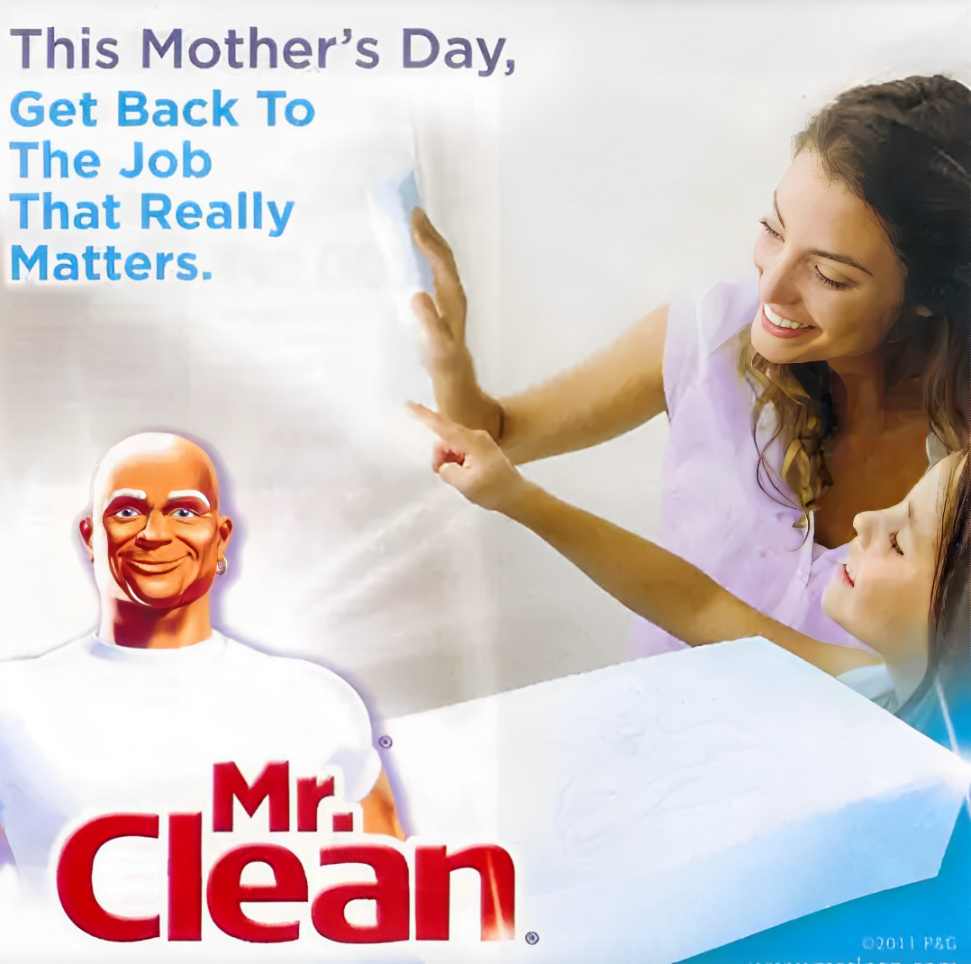
Proctor & Gamble’s Mr. Clean brand delivered this print and digital ad around Mother’s Day in 2011, and the message immediately angered many women. On a day that is supposed to celebrate mom, the ad seems to be telling her to get back to work cleaning – and perhaps teach her daughter that this is her place in society? Mr. Clean released an apology via social media shortly after in an attempt to reduce customer churn.
3. Bloomingdale’s: Eggnog (2015)

No matter how you slice it, this is a problematic ad. If Bloomingdale’s is cheekily suggesting you need to be drunk to have fun, that’s not a good message to send. Worse yet – with the creepy man eyeing the woman off to the side – it seems to be making light of the very real issue of date rape. Women’s groups responded in force, and Bloomingdale’s yanked the ad and issued many mea culpas. We’re sure someone lost their job for not conducting an ad survey beforehand!
4. Dove: Clean (2017)
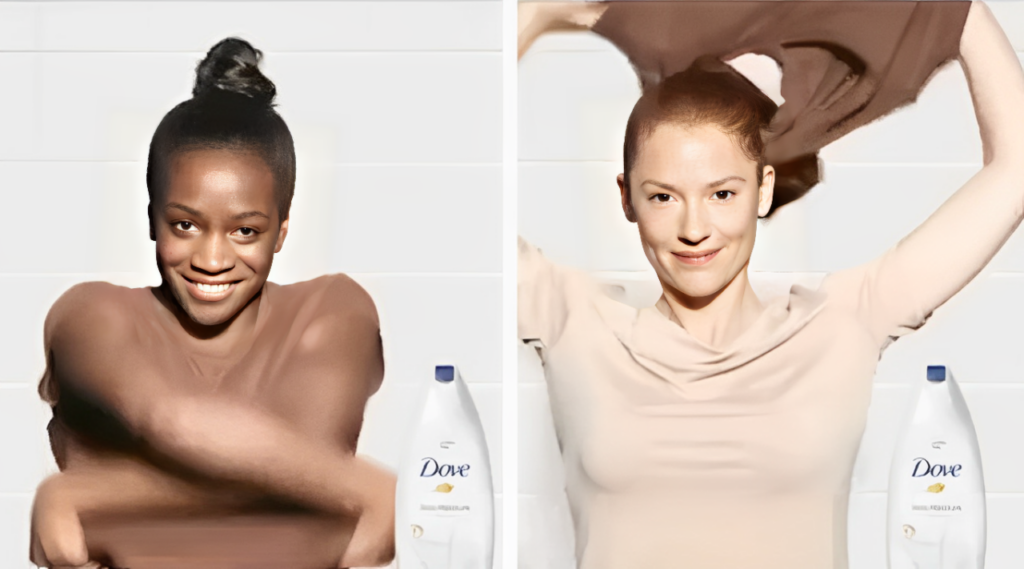
Dove faced backlash for an ad that showed a black woman using Dove body wash, then removing her shirt to reveal a white woman underneath. Viewers interpreted this as suggesting that Dove’s product could “clean” a black woman into being white, or that white was inherently “cleaner” than black. Of course, this was viewed as racist and offensive. Dove apologized and pulled the ad quickly.
5. Nationwide: Boy (2015)
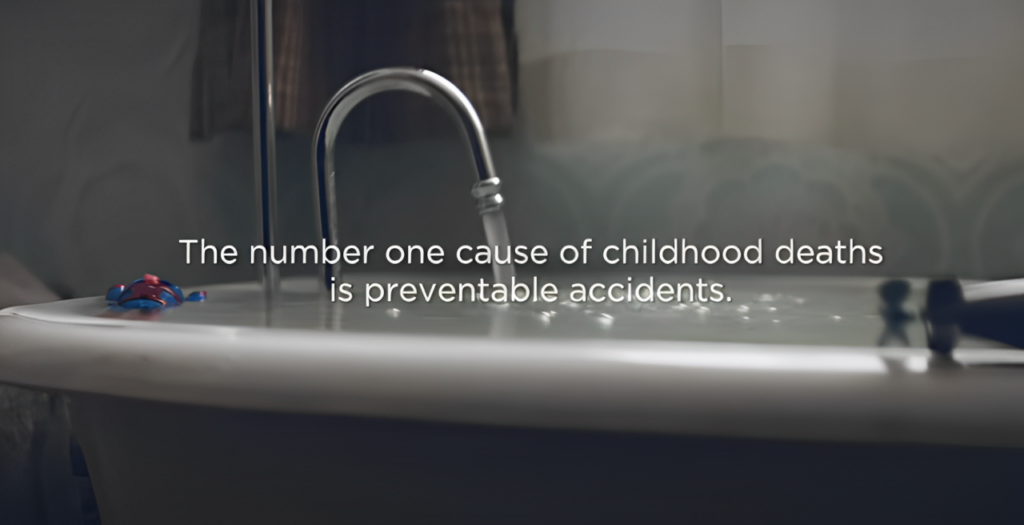
Nationwide released this television spot during the Super Bowl in 2015 with 118 million people watching. It featured a little boy dreaming about all the things he hadn’t yet done – owned a dog, flew in a plane, kissed a girl, gotten married – only to reveal that he would never get to do these things because he was dead, having drown in the bathtub. Viewers were shocked to see such a depressing commercial during the Big Game and called the station to complain.
Here’s the kicker: Nationwide has tested this ad extensively through commercial surveys and focus groups, and participants said it was a wonderful and powerful ad. However, Nationwide failed to consider that these participants were viewing the ad in an enclosed environment, not in a party atmosphere. So, survey bias was introduced because full disclosure of when the ad would run was not provided; had the company told people it would run during “the biggest party of the year,” they may have cautioned against this marketing mistake.
Advertising Survey Sample
Let’s take a look at a sample advertising survey. This is a simplistic survey for demonstration purposes. Let’s pretend we wanted to survey people about the previously reviewed Mr. Clean ad. On a welcome page, you would present survey-takers with the ad.
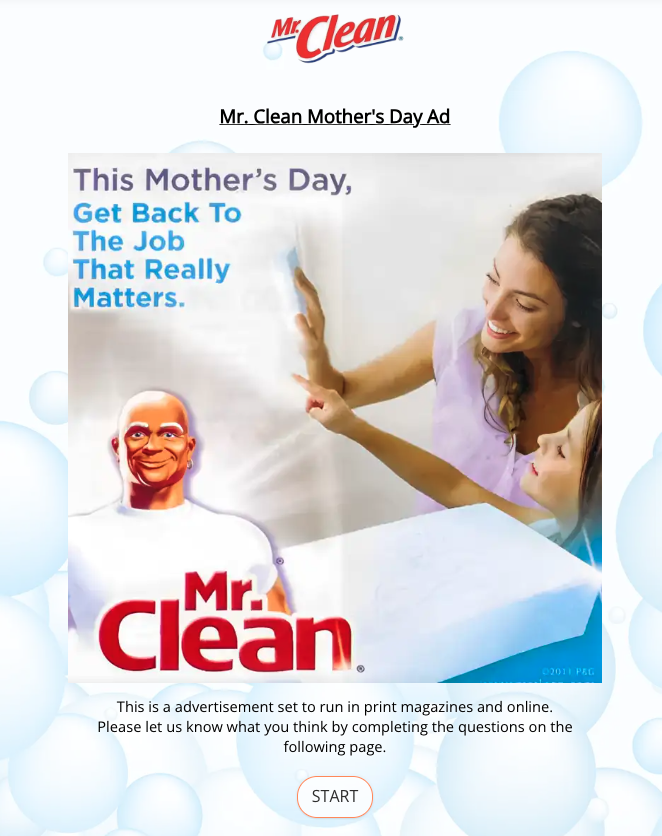
Next, you would present a series of questions designed to get people thinking about the ad and providing insight that you can act on.
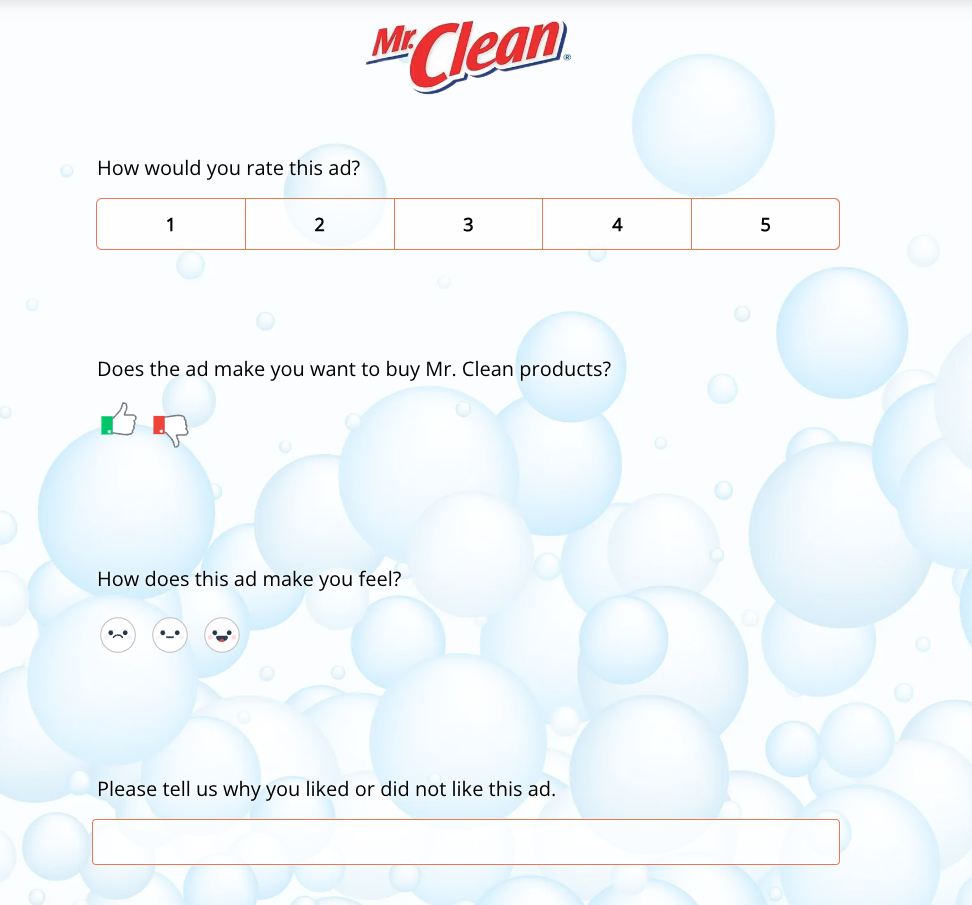
* Survey examples not affiliated with Proctor & Gamble or Mr. Clean products. For illustrative purposes only.
In this example, it is likely that people would have identified the main issue with the ad, in that it seems to suggest a woman’s main job is to be cleaning – on Mother’s Day, of all days! Be sure to read our blog on gender bias to help with questions on surveys targeting men or women.
Conclusion
Advertising surveys are an important part of market research. They provide insight into how well advertisements are resonating with the target audience. The surveys enable marketers to measure metrics such as brand awareness, message recall, emotional response, and purchase intent. By understanding these factors, marketers can determine whether their ads are achieving their goals and identify areas for improvement.
Ready to create your advertising survey? Start today with SurveyLegend! As you can see in the example, our surveys are easy to create and easy on the eyes. They allow for branding, custom background imagery, links, a variety of question types, and much more. Plus, they come with robust analytics to help you with identifying trends and patterns, and presenting data, at the conclusion of the survey.
What do you think about advertising today? Do you enjoy watching commercials or seeing ads? Have you ever taken part in, or conducted, an ad survey? Let us know in the comments!
Create Your FREE Advertising Survey or Questionnaire Now!
Frequently Asked Questions (FAQs)
Focus groups, in which a moderator holds a session with a small group of people to gauge their opinion on an ad, are still popular research tools as gatherings invite more in-depth discussion and get people thinking aloud. These sessions help researchers gain qualitative insights into how different elements of the ad are interpreted. Of course, today many focus groups are held online via Zoom or other platforms so that they can be conducted more easily, and eliminate renting a room, travel expenses, and so on.
Marketers should pre-test the survey with a small group and then make any revisions if there was feedback that it was confusing, etc. Then, distribute the survey. Consider incentives if response is low. After the results are in, analyze them for trends and insights. Then, take actionable steps (change the messaging, refine the creative, pull the ad – or if all is good, run the ad).
Conduct these type of surveys separately from advertising effectiveness surveys. You can read our blogs on product packaging surveys and product naming surveys for more.
